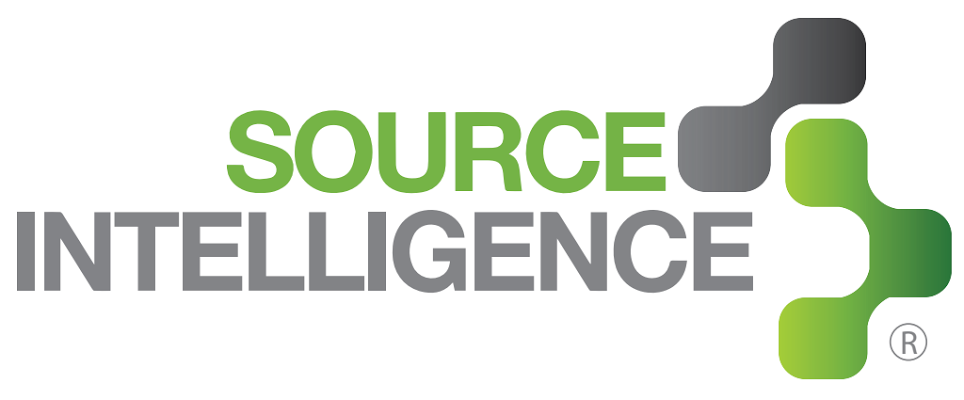Part 2: Technology and Clean Data Can Wipe Out Modern Day Slavery
Part 2: Technology and Clean Data Can Wipe Out Modern Day Slavery
In Part 1 of the Source Intelligence Modern Day Slavery web series, we highlighted the negative repercussions of poor supply chain visibility. In part 2 of our series, we switch to a more positive conversation where we discuss how technology and clean data can help detect Modern Day Slavery in global supply chains.
With the help of Sarah Kerrigan, The Sourcing Journal recently looked into the idea of leveraging clean data to develop Anti-Slavery efforts.
“One option for businesses is to look into data to help identify and manage the risk of Modern Slavery. By assessing the inherent risk exposure of their supply chain – based on the country of operation and sector of activity – they can prioritize and target interventions.”
How Big Data Can Help Combat Modern Day Slavery
The idea of identifying, targeting and mitigating risk relies on data that can be trusted. Clean data is the gateway to supply chain visibility and allows companies to identify risk. Companies that take a risk based approach tend to have the most success because it allows them to dissect their supply chains in pieces, and not analyze the supply chain as a whole. Looking at pieces of the supply chain as they relate to risk gives companies the opportunity to make small changes that have large impacts on the supply chain as a whole. The risk based approach to supply chain management is effective and Source Intelligence can guide you through this process.
Big, clean data is not easy to generate. Proper data collection takes a dedicated team with proper tools and resources to contact and engage suppliers to get the information they need. Supplier engagement is the key to eliminating Modern Day Slavery in supply chains. Strong, positive engagement with suppliers up and down the supply chain allows companies to gather insights into supplier’s’ behavior, and in turn identify and mitigate risk in their supply chains. We have a free guide to supplier engagement best practices here.
Going back and touching on the cited article above, Sarah Kerrigan went on to highlight retail supply chains. Retail supply chain are commonly deemed the most exposed because apparel suppliers generally tend to reside in countries of “higher risk.” The combination of “high risk” countries and constant scrutiny from NGO’s and Special Interest Groups lead retailers to have an especially raised level of awareness into their supply chains activities.
“Apparel companies will need to invest in enhanced due diligence, and work with peers and supply chain partners. Such action will be challenging for companies given the downward pressure on costs and the complex nature of apparel supply chains…Apparel companies should see this as an opportunity to get ahead of the issue and take the time to invest in supplier relationships.
Supplier engagement and clean data are the spinal cord of compliance. There are also additional areas of focus that compliment successful Modern Day Slavery programs; employee surveys, supplier mapping, “boots on the ground” audits and more. These are all strong ways companies can work to mitigate slavery from their supply chains, and consolidating them into one program allows for strong data to be gathered. Modern Day Slavery affects the retail supply chain specifically, learn more here.
Read Part 1 Here. For more news visit the Source Intelligence Newsroom.

